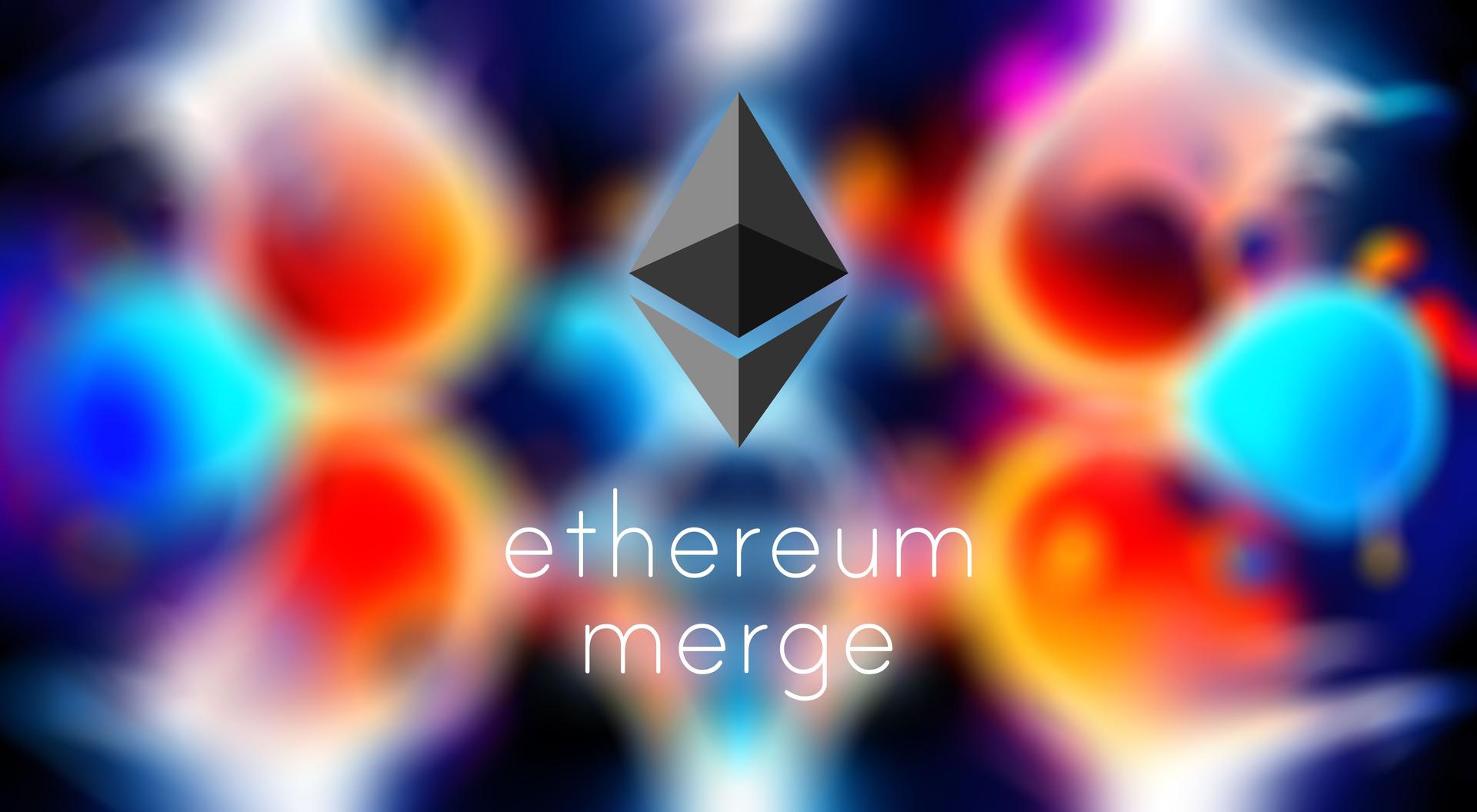Published September 15, 2022

On September 15th, Ethereum underwent a major upgrade, switching from a current proof-of-work system to a more energy-efficient proof-of-stake system. The switch had been in the making for years, but many users are worried about whether anything will change with their owned assets. Ethereum has become home to tens of millions of profile pictures, collectibles, and pieces of artwork, all of which have been running on Ethereum—some of which have been sold for huge amounts as part of the NFT market's recent surge. What happens to your NFTs after the merge? They will still be in your wallet and work as usual on marketplaces or decentralized applications. The overall situation, however, is more complicated, mainly as a result of the expected proliferation of community-led Ethereum forks after the merger. This may result in multiple copies, leading to confusion and frauds.
Can I still find my NFTs?
According to the Ethereum Foundation, the Ethereum merge will drastically reduce the energy consumption required to process transactions, from the present proof-of-work mining model to a proof-of-stake consensus system. That's a big step forward for Ethereum and NFTs in particular, since it effectively addresses one of their biggest shortcomings. The merge has been in the works for years, and Ethereum's core developers have meticulously tested every step and sought out problems. If everything has gone as planned, and all early indications are that they have, Ethereum NFTs should operate properly on Ethereum’s freshly upgraded mainnet. Your wallet(s) will still keep your NFTs and function as usual on marketplaces, and you shouldnt have to do anything different as the transition should have been seamless.
Fungible Non-Fungible tokens? Beware!
Many people in the Ethereum community have been supportive of the merge, but here are also some Ethereum supporters who oppose the shift away from proof-of-work mining, either because of the security benefits of the energy-intensive process or because of the rewards miners earn by running computer rigs. Builders in the Ethereum community are planning to fork the blockchain and create a spinoff chain that continues using the current proof-of-work system. The most prominent example to date is ETHPOW, led by well-known Chinese miner Chandler Guo. NFTs will be among the many assets accessible on ETHPOW. When this and any other Ethereum forks spin off of the mainnet, they will produce identical copies of Ethereum’s NFTs. For example, an Ethereum fork will have duplicated deeds that refer to the same art or media. In the case of an NFT market supporting both Ethereum’s merged mainnet and the proof-of-work fork in question, you might see both token versions listed. This is certain to cause confusion, and there may be scammers trying to sell duplicate versions of popular NFTs like Bored Apes and Doodles to less-experienced crypto users resulting in chaos and market confusion.
Are replays a problem?
There has been some discussion about the “replay attack” prior to the merger—that is, replicating an Ethereum proof-of-work transaction on the Ethereum proof-of-stake mainnet. An undesirable event may occur if a Doodles NFT owner sells a duplicated version on the proof-of-work chain and a malicious actor replays the same transaction on the merged proof-of-stake chain. This scenario is theoretical, but it illustrates the risk to NFT collectors. Mosy experts however believe since blockchains have different chain IDs, replay attacks should not happen. In contrast to other proof-of-work chains forked from Ethereum, cross-chain chaos is possible. The safest thing to do would be to avoid interacting with the proof-of-work chain entirely, eliminating or greatly reducing the risk of attacks.
What happens next?
Many in the Ethereum community do not believe that any proof-of-work fork of the blockchain will be a long-lasting endeavor with substantial user backing. An initial barrage of NFT sales on the proof-of-work chain may occur, but if there is little social sentiment about the value of assets on the chain, there may be little demand. Even when dealing with popular projects, NFTs on the proof-of-work chain may quickly drop in price, and their duplicated counterparts will likely be a fraction of the real deal. Yuga Labs, the creator of the Bored Ape Yacht Club announced that only those who maintain their NFTs on the Ethereum proof-of-stake chain would benefit from Yuga's communities. In addition, OpenSea, the dominant Ethereum NFT marketplace, also said that they would only support the proof-of-stake chain. By refusing to list NFT assets on forked Ethereum proof-of-work chains, it may help a large proportion of collectors avoid scams and confusion around duped NFTs.



